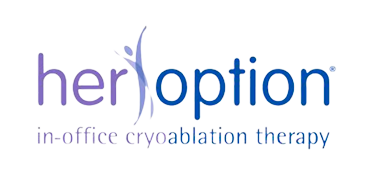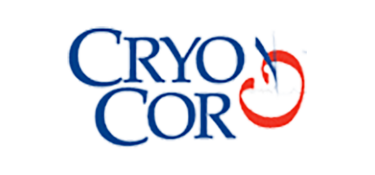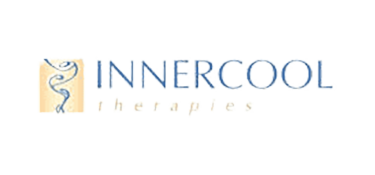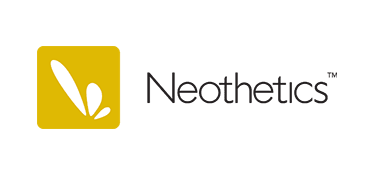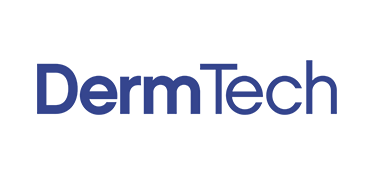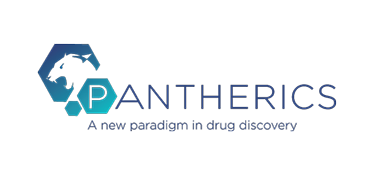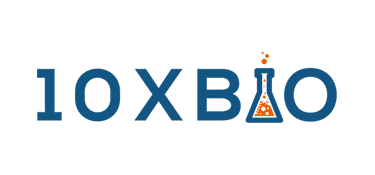ABOUT
JAKK Group develops and identifies new opportunities in biotechnology, medical devices, pharmaceuticals and diagnostics. The challenge of medical technology development is to efficiently establish the value of a concept or product, prior to making significant investments in infrastructure and management teams. At JAKK Group, we meet this challenge by selecting the right opportunity, providing leadership, development expertise, resources, and business planning. We combine these development skills with appropriate fundraising through a broad range of contacts in venture capital, private equity, and corporate business development.
COMPANIES LAUNCHED
JAKK Group has established multiple venture backed companies. Together these companies have secured over $500 MM in venture capital, public company financings, and strategic partnerships, and have achieved exits through IPOs and acquisition. These pioneering companies have developed a broad range of medical products in therapeutic devices, pharmaceutical treatments, and genomic-based diagnostics.
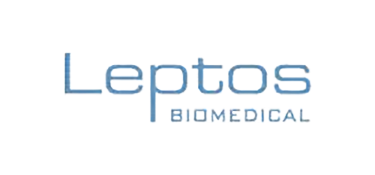
Neuromodulation for Obesity
(Acquired St. Jude)
LEADERSHIP
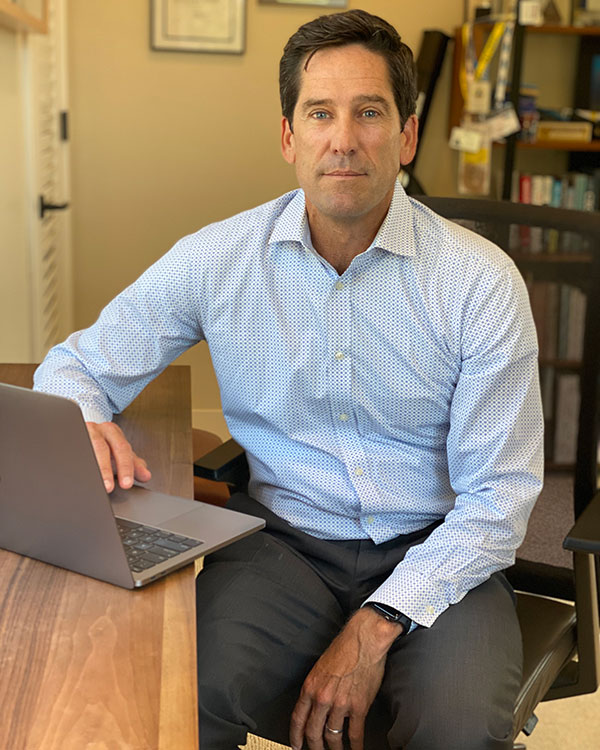
John Dobak, M.D.
John Dobak, M.D., has spent the last 25 years developing novel medical technologies. Most recently he served as the CEO of DermTech, the leader in genomics and precision medicine for dermatology. Dr. Dobak has founded numerous companies and led them through development to product launch and successful exits.
NEWSROOM
Get the most recent updates about JAKK Group.
Recent News
10xBio Announces the Completion of Enrollment In Phase 2b Clinical Trial of Novel Drug For Submental Body Contouring
SAN DIEGO – August 16, 2023 – 10xBio, LLC, a biotechnology company that focuses on new uses for existing therapies and technologies, announced today that it has completed enrollment in a repeat treatment study of its novel injectable drug for submental body contouring. The drug, 10XB101, is a proprietary formulation of polidocanol, which is approved in the U.S. for vein sclerotherapy. 10xBio is repurposing polidocanol for body contouring applications in aesthetic medicine.
DermTech Announces Favorable Coverage Policy With Blues Plan in Michigan for the Foundational Assay of Its DermTech Melanoma Test (DMT)
SAN DIEGO — Jul. 19, 2023 — DermTech, Inc. (NASDAQ: DMTK) (DermTech or the Company), a leader in precision dermatology enabled by a non-invasive skin genomics technology, today announced a favorable coverage policy with a Blues plan in Michigan.
CONNECT
Thank you for your interest in JAKK Group. Complete the form below and we will get back to you soon.


